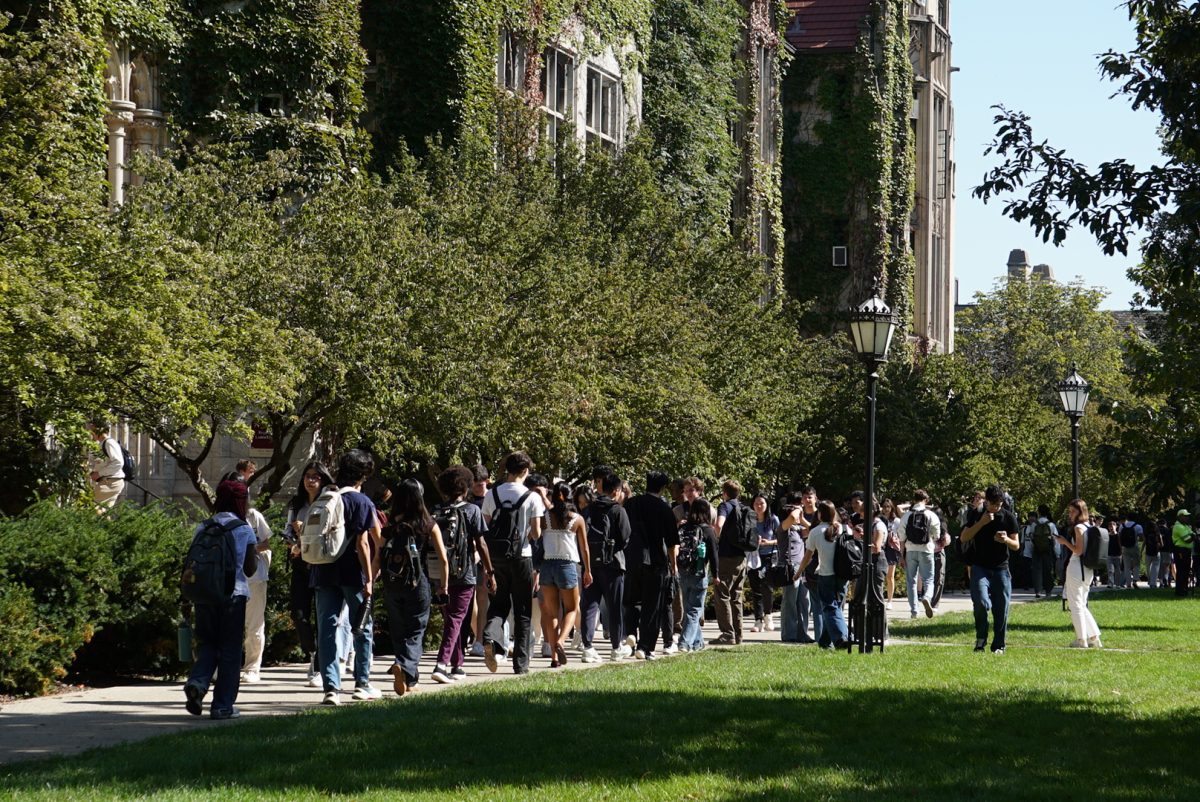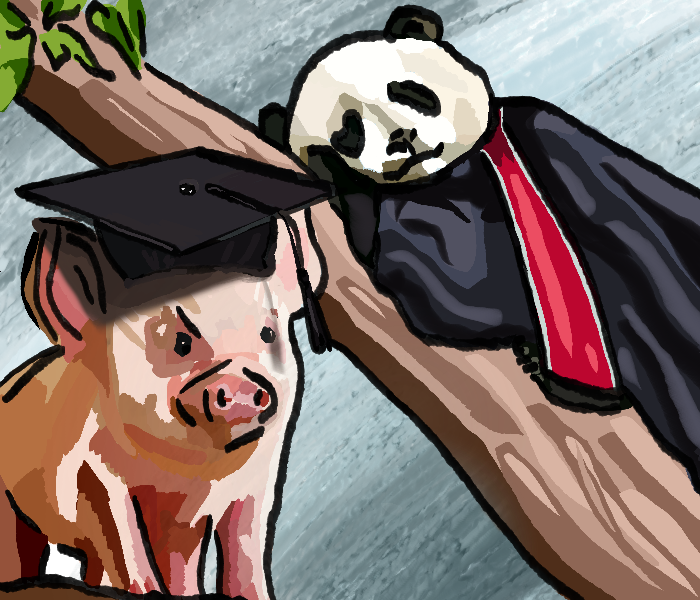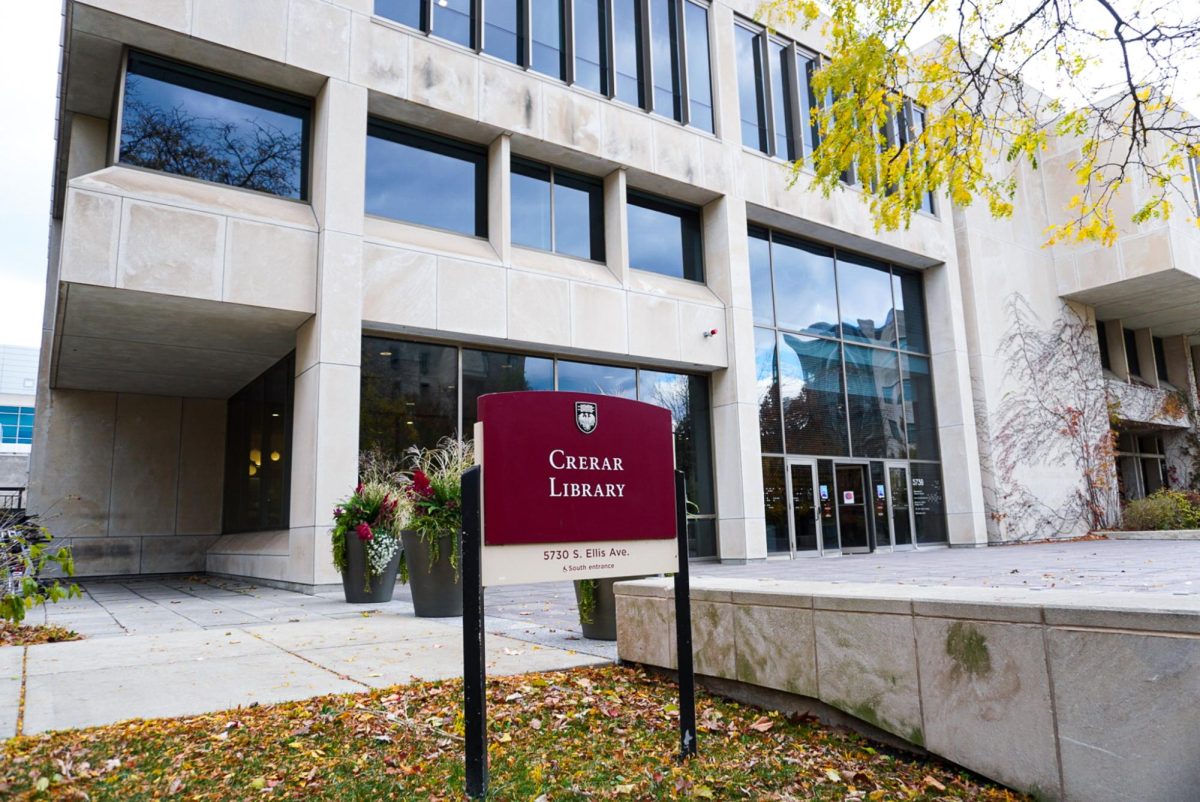The way we learned about slavery in kindergarten has always stayed with me. Maybe there was something in the water back then; maybe it was the poetry of being at the epicenter of the civil rights movement, Birmingham, in a school that occupied what may well have once been a cotton plantation; maybe it was the cynical subtext of being instructed by both a black woman, my teacher, and a white woman, the teacher next door. But when they led us into the multipurpose room to introduce the video we were going to watch and the teacher next door stood with tears in her eyes while my teacher was expressionless and spoke only in a matter-of-fact voice, that contrast taught me more about what it means to be a minority than any slavery documentary ever could.
I suspect my teacher’s stoicism was a stately attempt to prevent our young minds from associating race with victimhood. The teacher next door, who shook her head in stunned disbelief at all the right times, exemplified the post-racist mentality. Am I suggesting that her grief and anguish were feigned? Of course not; any basic conception of what it means to be human would dictate otherwise. But let’s not kid ourselves by dismissing the notion that they were each also fitted into a specific role: the stoic braveheart, whose greatest fear was playing the victim, and the sympathetic outsider, whose greatest fear was being mistaken for a racist.
The minority construct is something that I had assumed, growing up, I would never have to worry about. We are taught at a young age, often with a congratulatory pat on the back, that our society is “post-racist,” that we have moved beyond slavery, beyond Jim Crow, beyond Martin Luther King, and that we have landed somewhere within the commendable confines of The Cosby Show and Dave Chappelle. It is a mentality that treats racism like a fading stain on the fabric of our collective consciousness; in actuality it is a cancer.
My mistake was in believing that a minority in a post-racist society could harbor any post-racial identity at all. Our society isn’t healthy; it is merely convalescent, and sensitivity to race is an inevitable byproduct of our society’s painstakingly slow transition from racial bigotry to racial harmony. Eggshells are stepped around, centuries of inequality are begrudgingly accommodated, and the victims of racial prejudice are second-guessed to the point where they are better off saying nothing at all.
This is convalescence, I guess. If racism is a cancer, it has certainly not gone away; it has only mutated into subtler, less visible, and arguably more reprehensible forms. On the urban poor—whose devolution into promiscuity, violence, and drug abuse is cyclical—we lament, with remarkable condescension and shortsightedness, that they cannot be helped if they cannot help themselves. And while blacks have been more than welcome in predominantly white neighborhoods ever since tolerance went into vogue in the late ’60s, we have done nothing to stop predominantly black neighborhoods from becoming riddled with crime, or to prevent predominantly black schools from deteriorating to the point of crisis.
Alexis de Tocqueville correctly predicted that the mark of slavery would obstruct the progress of blacks long after abolition. But the minority construct—also applicable to women, Native Americans, and minorities of every type—is even simpler to explain. Every minority bears, first and foremost, the mark of being a minority. He or she has no choice in the matter; it is an omnipresent external projection that will persist as long as the default human being—as presented by everything from historical figures in our civilization textbooks to anatomical figures in our biology textbooks—is a white man, as long as an achievement by a minority is hailed as an achievement for minorities everywhere.
There was a reason why my teacher didn’t shed a tear that afternoon. Unlike the teacher next door, I think she knew better.






